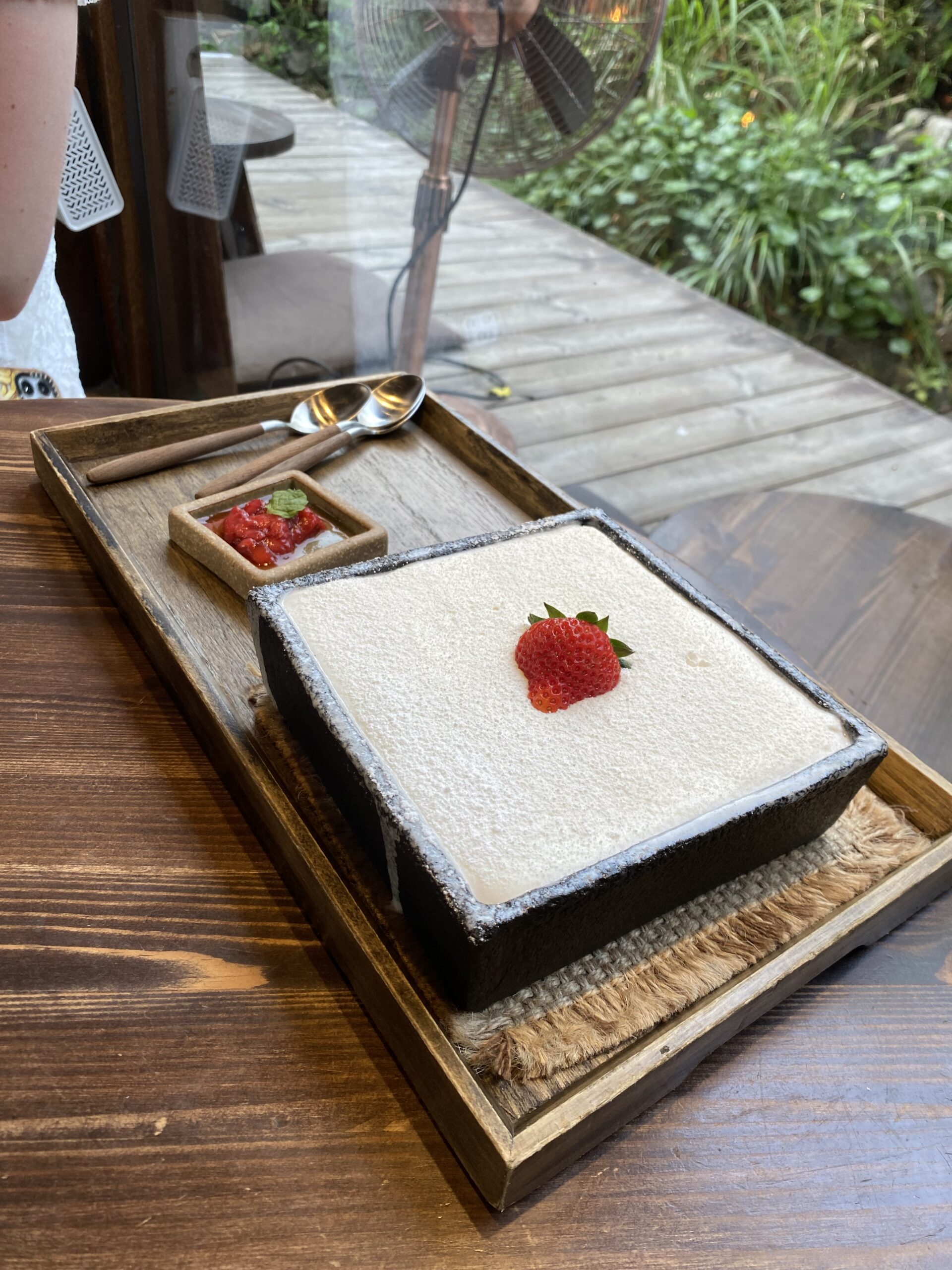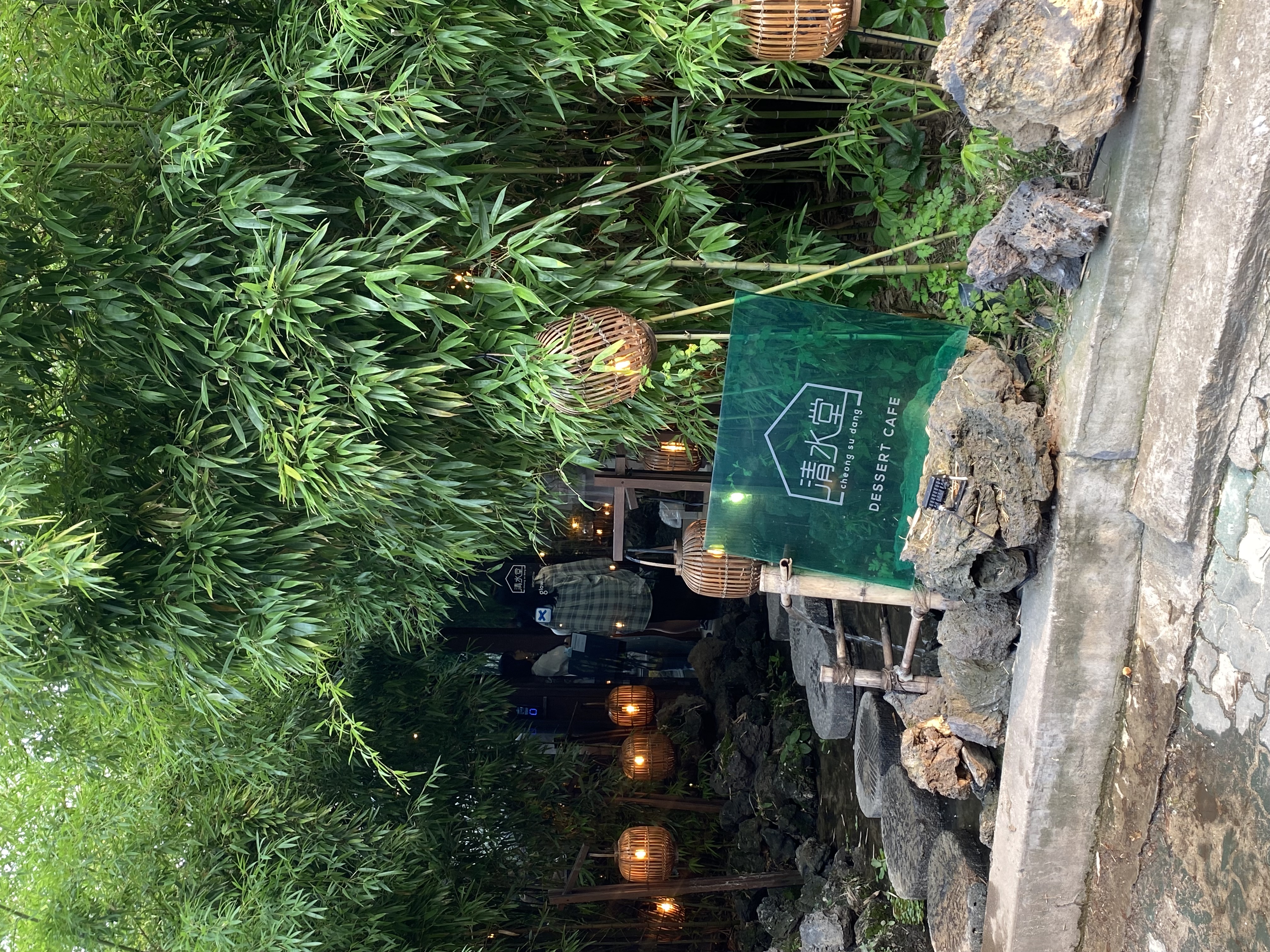
Emmanuella’s take on Seoul food culture
Hello everyone! Thanks for tuning in for this blog post and I hope you enjoyed my previous one. If you haven’t read that yet, please do so. Now let’s dive in today’s journal entry. One fact I know for sure is that once I leave Korea, the food will be one of the things I’ll miss the most. When it comes to Korean dishes there is a vast variety to choose from. Apart from dining at restaurants or BBQs, street food is another aspect of Korean food culture. Especially in the streets late at night in areas such as the Gwangjang Market, Myeongdong, Hongdae, etc. My favorite street foods are K-hot dogs, Korean chicken skewers, Tteokbokki, and my absolute favorite, Hotteok. By the way, Hotteok is Korean Sweet Pancakes, that come with various fillings but my favorite would have to be the classic. The classic is filled with sweet syrup made from cinnamon, brown sugar, and peanuts. Even though I have been enjoying all the food here in Seoul, I have noticed some differences between South Korea and America regarding food/restaurant culture. When dining in restaurants in South Korea, it isn’t a norm to tip servers/workers, however in America, it is common to do so. It wasn’t too difficult for me to adjust to that, however, one difference that I struggled with was the concept of how servings were usually meant for two people and not one. For example, I went to a k-bbq with two other of my friends and we each wanted different meals. I really wanted short beef marinated ribs but I couldn’t order one, which was priced at 17,000 krw, instead, I had to order two which would total 34,000 krw. First, the portion would be too much for me and I couldn’t order for one, which left me no choice but to place an order for two and share some with my friends due to the portion size. Furthermore, in restaurants and cafes, there are seats mainly set up for two or more individuals and there are a few solo seats available too. This was a culture shock for me because if you are a solo customer, you can’t sit at a table meant for two or more individuals. However, in America, if I were to go to a cafe solo, I have the freedom to sit anywhere unless it’s a cafe that sits people, which is rare. Just from this example, we can learn how much South Korea values togetherness if that is the right word to use. As a collectivistic society, it makes sense to promote togetherness, but this was somewhat on a different level. Since it’s common to eat by myself often in America, it did intimidate me a bit whenever I wanted to go out and eat, which caused me to order takeouts instead of dining in. Another aspect too is that most times when you go out with your friends to eat, there’s only one bill, meaning one person will pay and we’ll pay that person back individually or pitch in our cash together and one person pays. At least that’s what my friends and I did. Lastly, a big difference I noticed while staying in Seoul was how big the cafe culture was. It was next level. You couldn’t pass by without seeing at least one cafe on each street. The cafes consisted of coffeehouse chains such as Ediya Coffee, A Twosome Place, etc. Apart from the coffeehouse chains, other cafes had their own uniqueness and ambiance that differed from one another. One of my favorite cafes I visited was called “Cheongsudang”, which has a Hanok-style and is surrounded by plants. The structure appears to be surrounded by a pond and set within an inviting garden. The atmosphere this cafe created was welcoming and calming for its customers. It was just a beautiful cafe to be at and spend my afternoon. Now reflecting on this, in America, it would be rare for me to visit cafes, and especially make a purchase. I only go to do school work but not to hang out with friends or just relax there. However, being in Seoul I’ve visited many cafes either with friends or by myself to try new drinks and desserts. Overall, which is rare for me to do, I think it was easier to visit multiple places due to the easy accessibility of them on every street and the ambiance each cafe had to offer customers. I think this a great strategy to gain customers because it makes them curious about the cafe and its services due to its attractiveness. Once I return home, I will miss all the cool and unique cafes and hope America can adapt to that soon.

